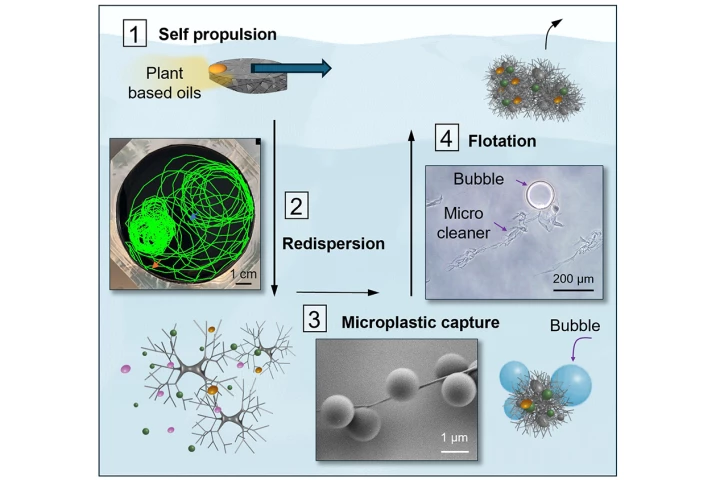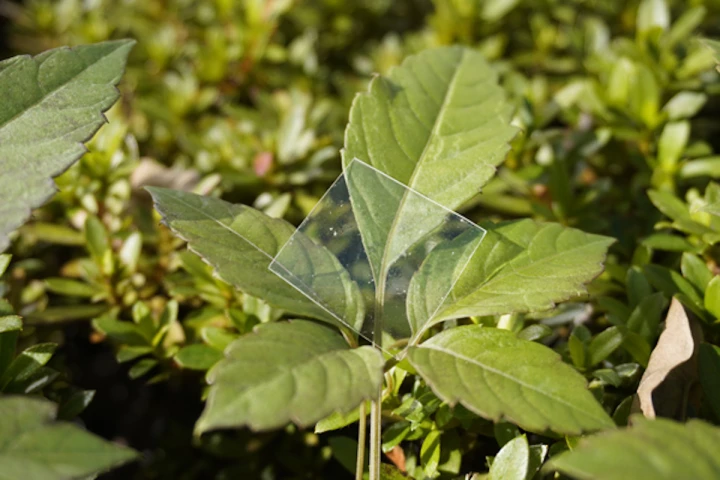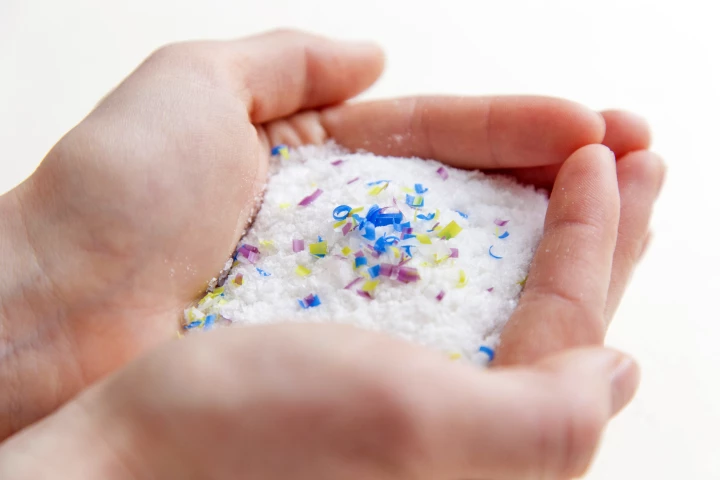Microplastic
-
A new study analyzed beverages like water, soda, wine, and beer to find out how many microplastic particles were in each. The results were a surprise, with a container commonly thought to be safe actually found to carry the highest volume of particles.
-
One of the worries about microplastic pollution is the possibility that the particles may accumulate harmful bacteria in the environment, then pass them on to us. Well, that capability could soon put the particles to work as sewage monitors.
-
Wouldn't it be great if there were a way of chasing down waterborne microplastic particles and catching them for removal, as opposed to just passively filtering them out of water bodies? Well, new "microcleaners" can reportedly do that very thing.
-
Scientists at RIKEN in Japan have developed a new type of plastic that’s just as stable in everyday use as regular plastic, but dissolves quickly in saltwater, leaving behind only safe compounds.
-
By now, you've no doubt heard that modern living is filling our bodies with microplastics. But an alarming study now shows just how much of the non-degradable particles are in our brains, and how much higher they are in dementia patients.
-
A recent study has shown that nanoplastics – plastic particles smaller than 0.001 millimeters – block the body's ability to absorb antibiotics normally, and may even lead to the growth of antibiotic-resistant bacteria.
-
While people are becoming concerned about microplastic pollution in their drinking water, it's one of those things that the average person can't check for themselves. That could soon change, however, if a new prototype device reaches production.
-
Researchers from the University of Missouri have developed a relatively simple and safe method that allows over 98% of nanoplastic particles in water to easily be scraped off the top.
-
Scientists have developed tiny "robots" which appear to be very effective at removing microplastics pollution from water. What's more, the little bots also target the harmful bacteria that often hitch a ride on the plastic particles.
-
Even when it’s ground into microparticles, 97% of an algae-based plastic biodegrades in compost and water in under seven months, a new study has reported. The researchers hope their plastic will eventually replace existing petroleum-based ones.
-
Using advanced single-particle imaging technology, researchers have ascertained the number of nanoplastics – plastic fragments smaller than a micrometer – in bottled water, finding that, on average, a liter contains 240,000 detectable fragments.
-
A study has found that sex toys are an overlooked source of microplastics and phthalates, both of which can be toxic to humans. The findings highlight the need for greater regulation of the sex toy industry to ensure consumer safety.
Load More











